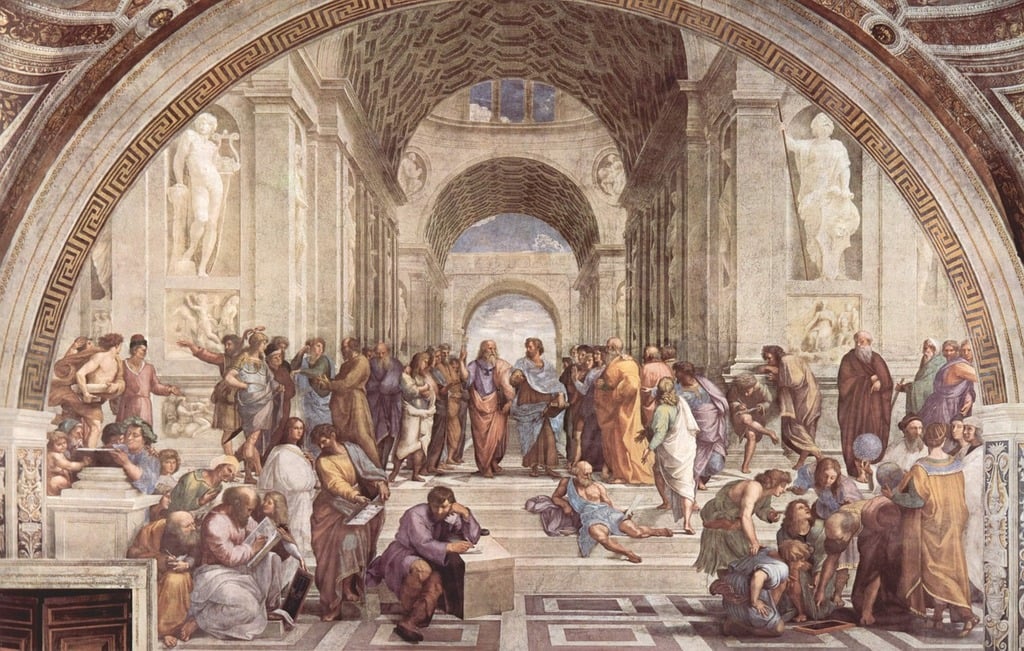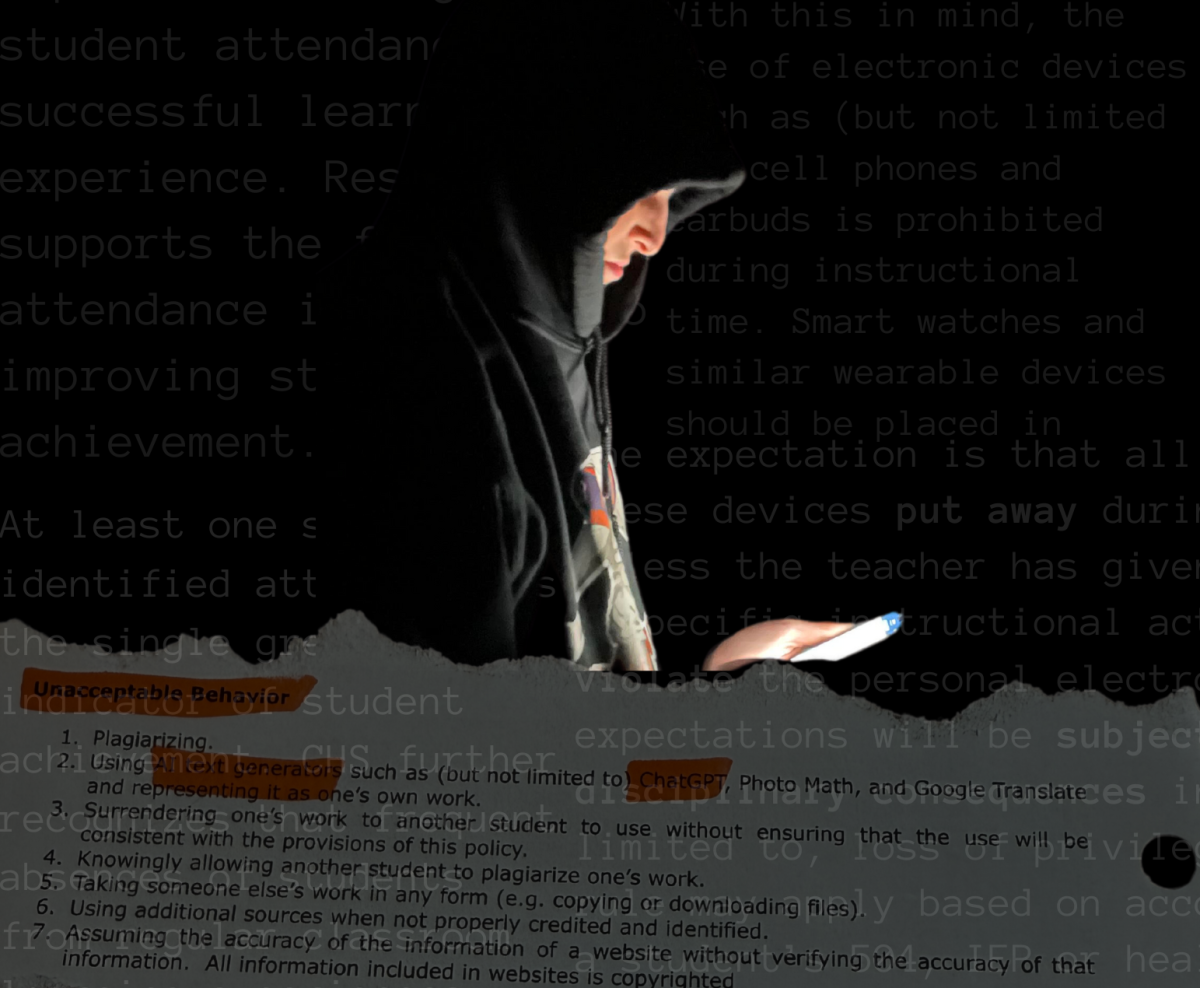How They See Us

One looming question underlies every decision Clayton High School students make: Where are you going to college?
While it is certainly known that plenty of people find success without attending a four-year university the fall after they turn their tassel, 92.5% of Clayton students end up pursuing higher education. In this school, it is hard for students to imagine a future that does not involve going to college.
Throughout high school, students are encouraged to make a multitude of choices that will help them get into college. Holding leadership positions, taking rigorous courses and getting good grades are all factors that students can control to increase their chances of admittance into the country’s most prestigious institutions. But what about the aspects of their profile that students can’t control?
Colleges have been known to consider many elements beyond grades and test scores. It is no coincidence that schools often highlight how they have students from all 50 states. However, many have begun to wonder if it is fair to consider a student’s circumstances and environment rather than just their merit and achievements. The most prominent factor that people object to is race.
On June 29, the Supreme Court ruled in a six to three decision that using race in college admissions is unconstitutional. The effects of this ruling will be instantaneous, and the graduating class of 2024 will be the first class in 58 years to face the college admission process without affirmative action.
With the question of college being of the utmost importance for students, it is imperative to investigate the implications of this decision on colleges, students and the future of diversity in higher education.

The origins of race-based affirmative action trace back to President Kennedy, who stated in Executive Order 10925 that federal contractors were required to “take affirmative action” to ensure that “employees are treated during employment, without regard to their race, creed, color or national origin.”
This order marks the first time the words “affirmative action” were used in an official government document. However, Kennedy emphasized equal opportunity without the specific actions necessary to make that happen. With the words “without regard to their race, creed, color, or national origin,” he also emphasized race-blindness rather than consciousness.
Later, President Johnson’s hopes of making a “Great Society” propelled him to push for equality. Along with signing the Civil Rights Act of 1964, Order 10925 was merged with an official policy by Johnson. After the landmark Brown v. Board case, his administration enforced and implemented desegregation within public schooling.
Affirmative action has never been unanimously supported. In Bakke v. University of California, a white applicant was denied admission to the medical school of UC Davis. Bakke argued that he was a victim of reverse discrimination because the school’s affirmative action program set aside a specific number of seats for minority students. In the end, the Supreme Court ruled that while the use of racial quotas was unconstitutional, race could be used as a factor among many in the admissions process.
The same argument was made in Gratz v. Bollinger and SFFA v. Harvard, where the University of Michigan and Harvard’s affirmative action policies were put into question for discrimination against white students. Again, the courts ruled in favor of keeping the policy.
Understanding the origins and the legal battles affirmative action has faced is crucial for a more comprehensive and nuanced discussion. As we continue to grapple with issues of race and equality, it is imperative to engage in a dialogue that acknowledges both the progress made and the challenges that persist. By doing so, we can work towards a society that embodies the principles of fairness, justice and equal opportunity for all.
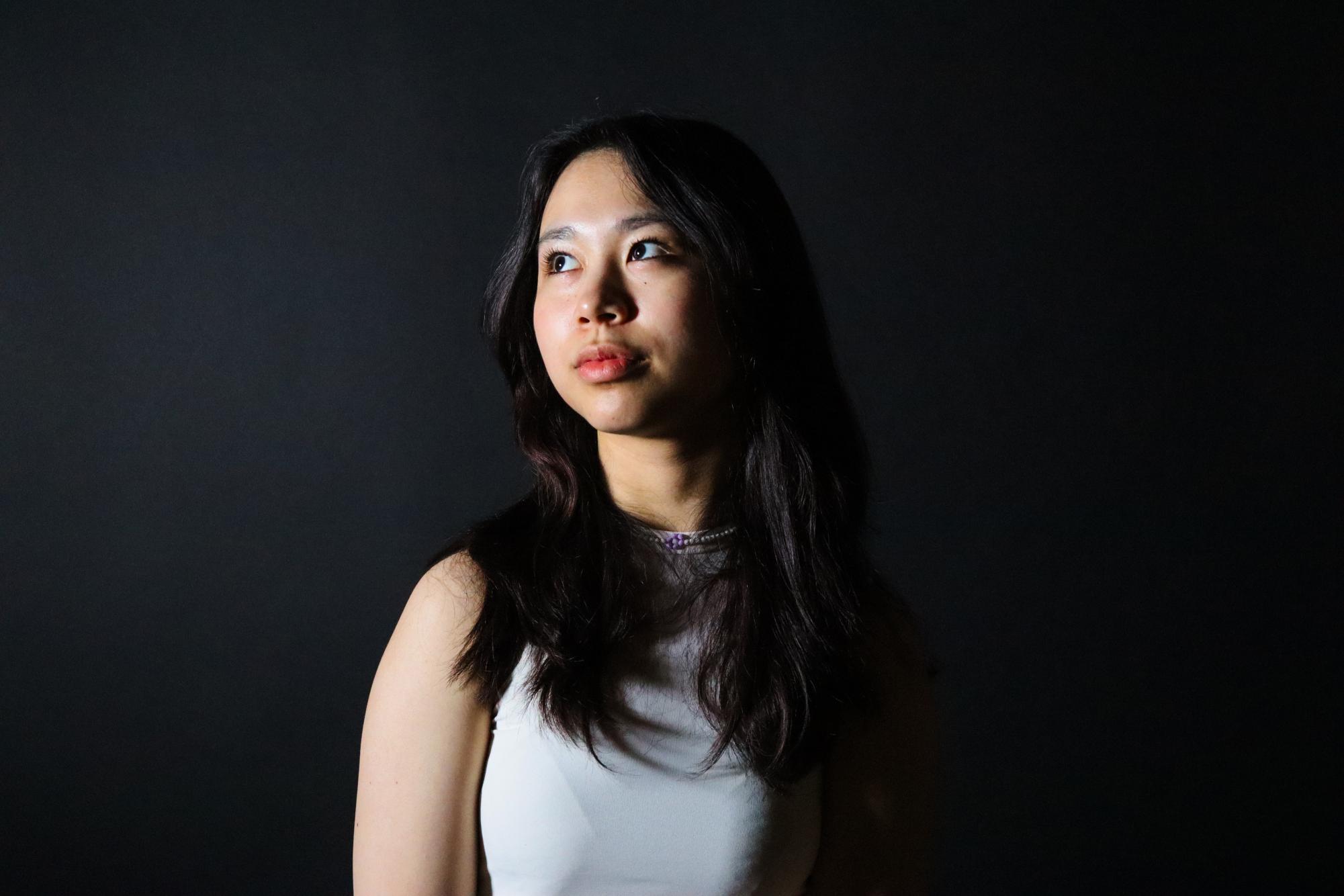
The plaintiff in a series of cases filed against Harvard, the University of North Carolina (UNC) and the University of Texas is an organization called Students for Fair Admissions (SFFA). The SSFA website says they are “a nonprofit membership group of more than 20,000 students, parents, and others who believe that racial classifications and preferences in college admissions are unfair, unnecessary, and unconstitutional.”
In their complaints, SSFA argues that affirmative action violates the Equal Protection Clause in the 14th Amendment, which states all people should have equal protection under the law, and Title VI of the Civil Rights Act, which prohibits discrimination based on race, color, or national origin in programs that receive Federal funding.
The organization provides Shaw v Reno, a landmark Supreme Court case that outlawed state redistricting based on race, to demonstrate the court’s belief that “racial classifications are highly disfavored.” They argue that dividing people by racial groups should only be used when absolutely necessary, but college admission is not one such instance.
The complaint explains, “Other elite universities have shown increased utilization of non-race-based criteria, such as socioeconomic preferences, can promote diversity about as well as racial preferences.”
They even say that schools like UNC know this to be true but continue using race when it is unnecessary. They write, “UNC-Chapel Hill conducted its own study to determine whether granting automatic admission to North Carolina students in the top 10% of their high school class would work about as well as racial preferences in achieving
diversity. The study showed that a percentage plan would work better than racial preferences in achieving diversity in that such a plan would boost minority enrollment.”
The effectiveness and knowledge of other options to increase diversity show that there is no reason to uphold affirmative action.
SSFA also writes that using race is not “merely a ‘plus factor’ in admissions decisions. Rather, […] it is so large that race becomes the ‘defining feature’ of [a student’s] application.
The direct result, they argue, is “disparate treatment of high-achieving Asian-American and white applicants and underrepresented minority applicants with inferior academic credentials.”
The gap in test scores between Asian and white applicants admitted to elite colleges is striking. The average SAT disparity between Stanford’s Black and white admittees was as high as 171 points in 1992, according to data compiled by the Consortium on Financing Higher Education. Additionally, The Harvard Crimson reported that the test scores of Black, LatinX and Native American admits have been much lower than their white and Asian peers from 1995-2013.
Advocates against affirmative action also point out problems in the mindset of “increasing diversity.” David Sacks and Peter Thiel, co-authors of “The Diversity Myth: “Multiculturalism” and the Politics of Intolerance at Stanford” explain that increasing diversity should be based on unusual characteristics, not race. They write, “The underlying assumption– that only minorities can add certain ideas or perspectives– is offensive not merely because it is untrue but also because it implies that all minorities think a certain way.”
Instead of focusing on a student’s race, colleges should consider whether or not a student’s experiences will bring diversity to campus. Being a person of color does not necessarily mean someone has a “diverse perspective,” conversely, being of a majority race does not mean that their perspective is less unique. The assumption that all people of color share the same worldview is harmful and results in the homogenization of racial groups.
Getting rid of affirmative action may also benefit students of color whose successes are often dismissed due to their race. Sacks and Theil explain, “It is often not possible to tell whether a given student genuinely deserved admission to Stanford, or whether he is there by virtue of fitting into some sort of diversity matrix.”
As a result of this confusion, many people label students of color as undeserving of their spots at elite schools. If race was removed from admission decisions, this accusation would lose its foundation and prevent students of color from facing additional racism on campuses.
In fact, many Black students choose to avoid these “diversity matrixes” and the accusations that come with them altogether. Historically Black Colleges and Universities enroll 10% of all African American students and produce almost 20% of all African American graduates, according to the United Negro College Fund. Mike Sankey, CHS science teacher, is one such example.
“I wanted to go somewhere where I felt I would be measured for just me being me. No quota, just my merit and what I’ve done so far,” he said.
The fall of affirmative action is a celebration to many. They see it as the end of an unfair practice that limits the successes of well-deserving students and is a step towards true racial equality. However, not everyone agrees.

Thirty-two amicus curiae briefs were filed in support of Harvard and UNC from other colleges, Common App, the ACLU, The American Bar Association, the NCAA, military generals, and a plethora of other organizations and individuals, all with the same message to the court: do not get rid affirmative action in college admissions.
Although not perfect, the use of affirmative action has been very successful in increasing diversity on campuses. According to 2022 data from the National Center for Education Statistics, diversity in college enrollment has been steadily increasing. Even among the least diverse institutions, four-year private colleges, 33% of students are people of color, a percentage close to national demographics. After consistently gaining diversity, many fear this decision will halt, or even reverse, this progress.
“Unless colleges figure out a way to maintain the level of diversity in their programs, I think a likely outcome is going to be the homogenization of college campuses,” Josh Meyers, CHS history teacher, said.
Appearing time and time again, conversations about affirmative action is the concept of a “zero-sum game.” With this model, helping one minority group in the college admissions process must harm another because a finite number of spots are available. However, there are problems with this thought process because it removes the context of racism in the United States.
“If we want to talk about college admissions, we’re gonna have to talk about the history of the US as well. This game does not start at zero. This game was not an even playing field in the first place. There are groups that are negative when others are at zero,” senior Sanjana Chanda said
Sankey agrees that removing affirmative action is premature when issues of racism have not yet been resolved.
“There’s been four hundred years of slavery, oppression, and Jim Crow. Affirmative action hasn’t been around for four hundred years. […] It took 400 years to cause the problem; you can’t fix it in 50,” he said.
This point was certainly not lost on some justices of the court. The most recently appointed justice, Katanji Brown Jackson, wrote of the lack of nuance in the court’s decision. “With let-them-eat-cake obliviousness, today, the majority pulls the ripcord and announces ‘colorblindness for all’ by legal fiat,” she wrote, “but deeming race irrelevant in law does not make it so in life.”
Carolyn Blair, one of CHS’ college counselors, said she believes many people arguing against affirmative action have been misinformed about what affirmative action truly means. “It’s like if you have a handicapped parking spot. People think, ‘If you got rid of that handicapped parking spot, I would definitely have that parking spot.’ But would you?” she said.
Chanda agrees that affirmative action’s role in admission has been over-exaggerated. She said, “I think that a lot of Asian people have been told that if we get rid of affirmative action, we’re gonna get so many more spots that we deserve when, in reality, it’s not going to be like that at all,”
These assumptions about affirmative action are rooted in prejudice against people of color.
“The argument for affirmative action boils down to the idea that Black and LatinX people don’t deserve academic spots, and Asian and white people do because they’re inherently smarter,” said senior Medha Naryan. “That’s just racist.”
Also coming to light are issues relating to other aspects of the college admission process which are unfair to students. Legacy admissions, in particular, are under scrutiny. Thirty six percent of Harvard’s class of 2022 are legacy, an unsettlingly large percentage many find unfair.
“If we, as minorities, can not have affirmative action policies to help make things equal, then legacy kids should not have that advantage either,” senior Aylah Hopper said.
Historically, the only people able to attend college were white and wealthy. A study in the National Bureau of Economic Research found 70% of legacy applicants to Harvard were white compared to about 40% of all applicants. These legacy applicants are 45% more likely to get into highly selective colleges such as Harvard. Giving the descendants of this class higher admission rates further perpetuates skewed demographics.
In addition to legacies, wealth’s role in admissions is unsettlingly large. Data from The New York Times reveals how wealth acts as its own qualification for admission to elite colleges. Among students with identical test scores, having parents with income in the 99th percentile more than doubles admission rates.
Sankey also emphasizes the role money plays in college.
“Clayton is the perfect place to show you what privilege affords you. You have Black kids going to Clayton who are going to do a lot better than Black kids who are going to other schools in St. Louis. We say it’s race; I think it’s more wealth that does a lot,” he said.
The lack of outrage about these unfair aspects of admission suggests that ending affirmative action is about more than simply “fairness.” In order to argue that college admissions should be purely meritocratic, these other factors must be questioned.
At the end of the day, colleges still wish to increase diversity to improve the education they provide and satisfy prospective students’ wishes.
“Research shows that the learning in universities and in general is more robust with diverse opinions and perspectives,” Blair said.
During a pivotal time in a young adult’s life, it is extremely valuable to learn about cultures and opinions other than their own. This is not possible if schools are racially homogenous.Not only does research support the need for diversity, but students greatly prioritize diversity when choosing their schools.
Junior Mahika Vanukuru said, “In this day and age, people really do look for diversity. They need us.”
Hopper also explained how she values diversity when looking at colleges.
“I would like to be around people that look like me,” she said.
Additionally, in a BestColleges survey of over 1,000 prospective and current undergraduate and graduate students, over half said racial diversity improves schools’ social experience and learning environment. This was true regardless of a political party or race.
It is agreed that diversity is needed on campuses; the question lies in how to achieve it.
With affirmative action out of the picture, schools are doing everything in their power to ensure they maintain diversity.
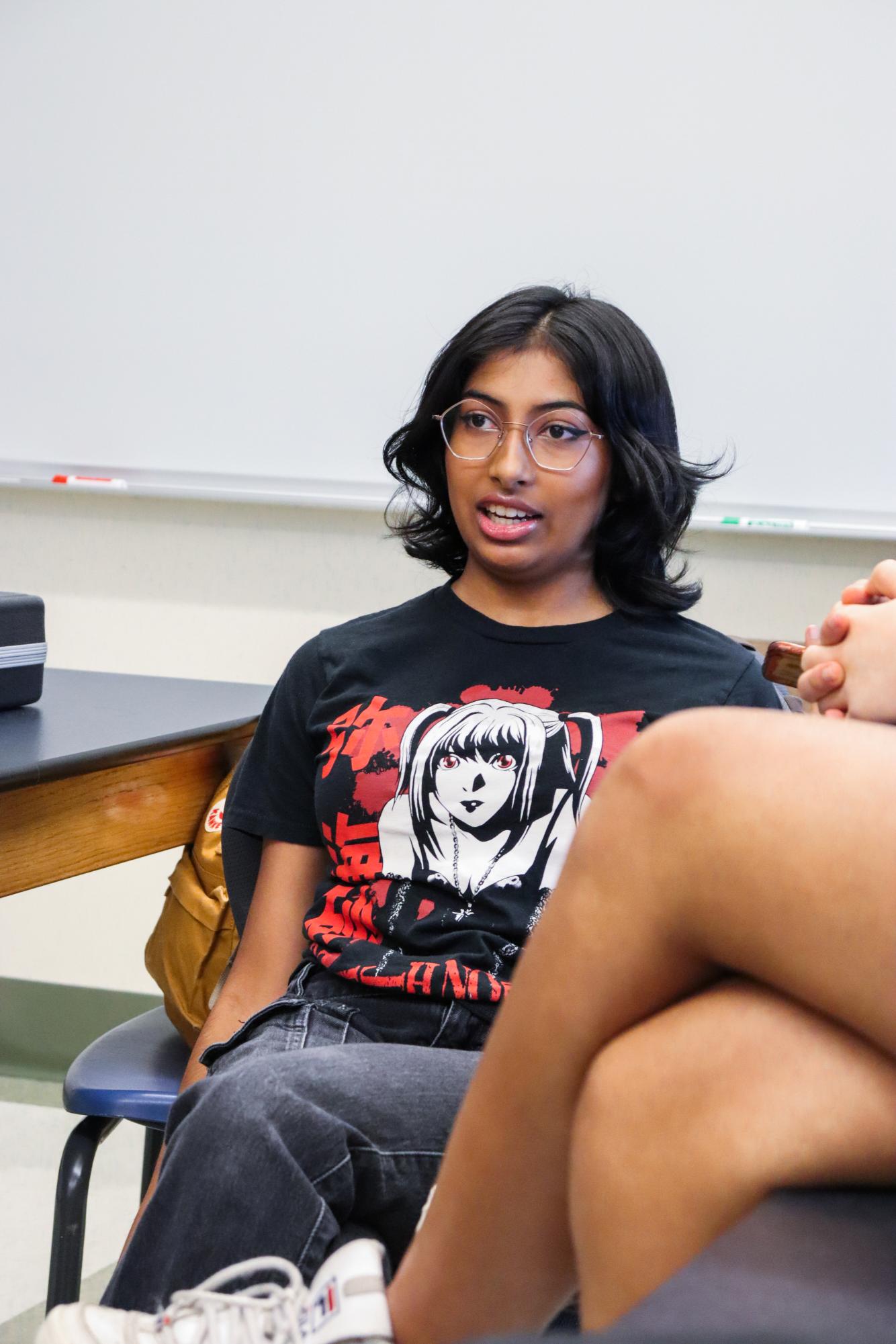
Within the debate about affirmative action, Asian students have become poster children for the fight, so much so that on the opening page of the SFFA website, there is a photo of a humble Asian boy relaxing on a couch. The classic narrative being spread is of the high-achieving Asian-American being rejected from Ivy League schools. At the same time, an undeserving Black or LatinX student gets their spot solely because of affirmative action. With this narrative being so prevalent in conversations, affirmative action acts as a wedge between racial groups.
In a discussion with the CHS Asian Student Association, students discussed how this wedge affects the Asian community.
“Republicans are using Asian voices for this kind of front,” senior Sanjana Chanda said. “They say, ‘We want to celebrate Asian people and Asian culture,’ but it isn’t actually for Asian people at all. It’s for white people”
A similar statement is echoed among several of Chanda’s peers.
“When we are being used as this pawn by the conservative narrative, it drives a wedge between the Asian community and the Black and LatinX communities, which is disheartening,” Narayan said. “It is so important to have community with other people of color and to support each other on important issues.”
Setting Asian students apart from other people of color reduces solidarity across racial lines. By isolating minorities, it prevents the recognition that the challenges faced by different groups are interconnected
The tension between these two groups is far from new. The conflict between the Black and Asian communities can be traced back to the formation of the model minority myth.
The model minority myth took root in the Japanese internment camps of WWII. In fear of getting taken away to a camp, Asian immigrants had to succeed to fit in among white society, propelling them into becoming the “model minority.” Due to such circumstances, Asian Americans became the prime example of minorities achieving success despite their circumstances.
The idea of the model minority continues to be prevalent, especially in education. In a way, these stereotypes give Asians privileges not awarded to their Black peers.
“Technically, we do benefit from racism, to a certain extent. We are still victims in a lot of ways, but in terms of driving, for example, we’re not going to be pulled over and forced to step out of the car,” senior Sam McDonough said.
Statistically, a study in the New York Times “found numerous examples of Asian American students who were anointed as promising by their teachers, even despite weak grades and test scores.”
These positive associations of Asians are used directly against Black and LatinX students. In the same study, it was found that “the presence of a single Asian student in a class amplifies teachers’ negative assessments of Black and Hispanic students vis-à-vis white students.”
Asian success is weaponized against other people of color as evidence of their failures rather than recognizing a broken system.
This dangerous narrative that has been propagated by white people puts the Asian community against Black and Latinx groups even though their histories are directly intertwined.
Prior to the mid-1900s, immigration from non-European countries was highly regulated. The Chinese Exclusion Act of 1882 prohibited Chinese people from immigrating to the US for ten years. The Immigration Act of 1917 implemented English literacy tests that largely favored those of North-Western European descent. Several other acts were implemented until America was set on track to become a near-homogenous country.
The Civil Rights Movement was a major step in reforming the immigration system. With the Civil Rights Act of 1964 came the passage of the Immigration and Nationality Act of 1965, opening up and changing the racial demographics of immigration. For the first time, the cap on non-Europeans was increased. This is much in part thanks to Black people, who pushed for equality and opened the barriers for all people of color.
Yet, this equality cannot be achieved in a society whose morals are based on white supremacy. Rhetoric that focuses on Asian vs. Black tension ignores the root cause of the problem: a society that values whiteness above all else. Because of the model minority myth and their success in integration, Asians are put closer in proximity to white people.
Due to these circumstances, stories of Black-Asian solidarity have been largely forgotten. During WWII, there were stories of Black Americans sending gift packages or high school yearbooks to their detained Japanese friends. After the murder of Vincent Chin, NAACP and Civil Rights leaders took it upon themselves to bring attention to his case. In the aftermath of George Floyd’s murder, Asian Americans joined the BLM protests, vowing to deconstruct anti-black rhetoric within their communities. These moments of solidarity can be found everywhere.
It is impossible to separate the history of any minority group. Trying to do so fails to consider the history of America and how Black people have pushed for equity for all racial groups. It is imperative that the Asian community fights for, and not against, fellow communities of color.
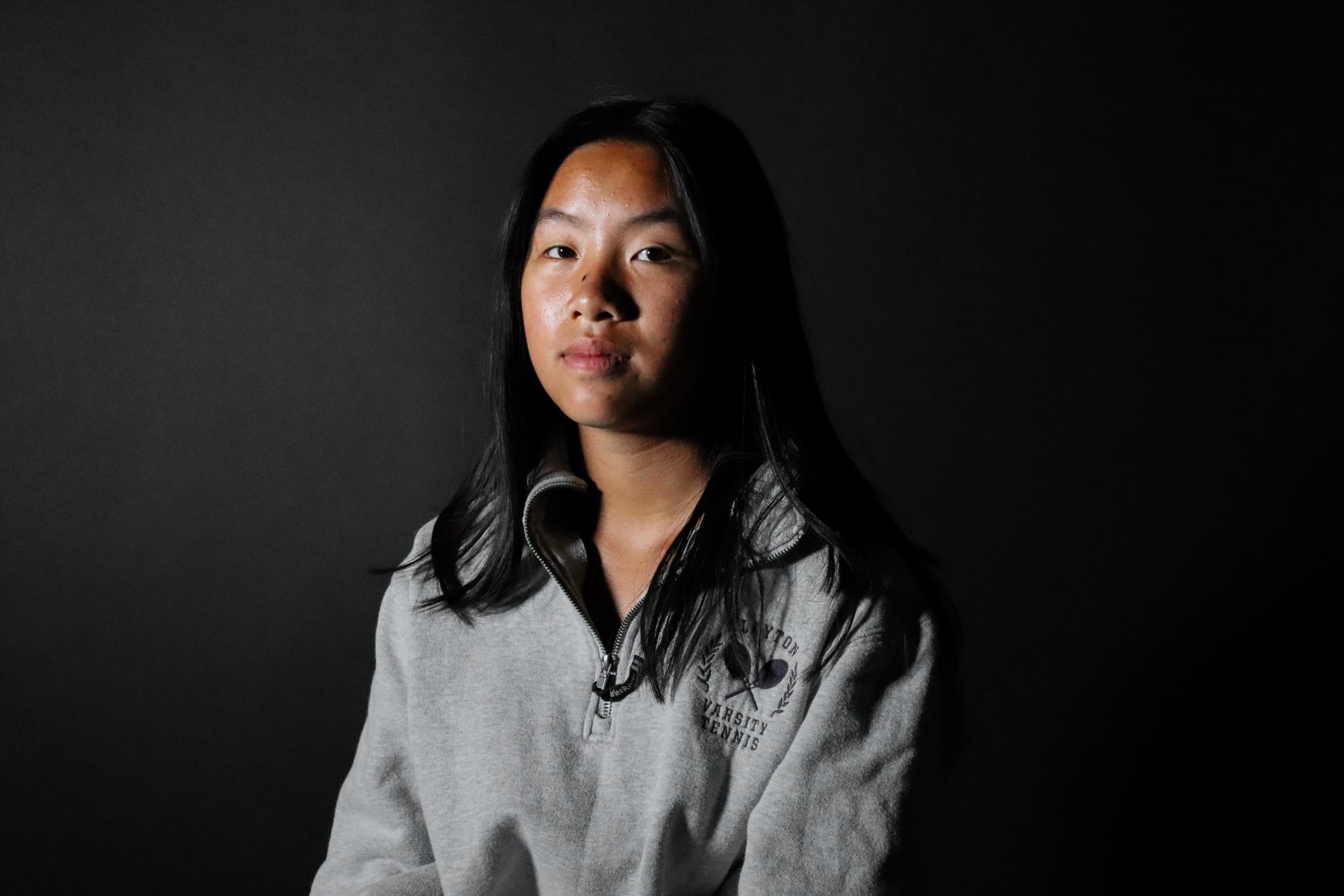
The Supreme Court’s reversal of affirmative action is anything but ironclad. In reality, admissions officers will merely become more strategic in their methods. Yes, considering race in college admissions has been outlawed, but not explicitly. Universities have already begun transitioning to a more holistic approach when reviewing application pools well before 2023. Although colleges can no longer admit students based solely on race, they can continue to identify areas of demonstrated hardship and admit based on that.
“[N]othing in this opinion prohibits universities from considering an applicant’s discussion of how race affected [their] life, be it through discrimination, inspiration, or otherwise,” the court stated in the majority opinion.
Thus, if race or ethnic identity is defined in a personal statement but, more importantly, elaborated on and tied to areas of hardship and growth, an admissions officer can legally use that information when considering an applicant. This means essays and personal statements matter more now than ever before. Colleges care about who you are, what struggles you’ve encountered and what you’ll contribute to their community.
“Schools are going to be looking at students’ stories. Colleges want to know, what’s your road traveled?” Blair said.
UNC has begun to create more opportunities for students to express themselves through a lens of hardship, even beyond undergraduate programs.
“We are adding a new prompt [to] our statement of purpose: resiliency,” Jeff Steinbach, Director of Admissions for the Biological Science Graduate Program at the University of North Carolina, said. ““We want the student to be able to explain a time that they had to overcome some kind of obstacle in their career or their life, how they learned from that experience and connect it to graduate school.”
Demonstrating hardship levels the playing field. If two applicants did not experience equal levels of opportunity and access to resources, it would be unjust to judge them the same. Affirmative action made this mentality exponentially easier to instill; however, that does not mean hope is lost. Universities will have to continue putting in their best effort in offering applicants a space to explain themselves, their circumstances and their identity from a measured and comparable scale: race or not.
““We do want a diverse application pool, as diversity is one of the pillars in the strategic plan within the university and within our program” Steinbach said.
If universities can’t directly measure the racial diversity of their application pool, they are going to ensure that they further diversify in other ways.
One approach that institutions take is outreach through conferences. The Annual Biomedical Research Conference for Minoritized Scientists (ABRCMS), for example, functions very much like a college fair. Graduate programs send officers to preach their institution with the hope of gathering a more diverse applicant pool. With the transition to race-blind, opportunities like ABRCMS will become more advantageous as programs can directly target potential underrepresented students.
In addition, many institutions are expected to seek greater geographic diversity.
“While current degrees of ethnic, socioeconomic, and ideological residential segregation as well as rural/urban differences give us reason to believe that an emphasis on geographic diversity should increase all three kinds of diversity on selective college and university campuses,” Richard D. Kahlenberg, a Harvard professor, said.
Talent is everywhere. Seeking students from varying zip codes, while acknowledging the available resources at each, allows colleges a better shot at securing a diverse application pool.
Just as they have in the past, these multi-billion dollar institutions are going to evolve by finding loopholes. They will perfect systems that allow them to maintain diversity, but more importantly—to them—climb the ladder of overemphasized college ranking lists.
Although there are more barriers to increasing diversity, hope is not lost. Passionate people at universities nationwide are dedicated to ensuring that this ruling does not regress the valuable progress our country has made in combating racism. Students, educators and administrators will continue to strive towards more diverse campuses regardless of the court’s decision.
At the end of the day, admissions officers are just humans looking to admit other humans. Although the pressure to get into a “good” school is daunting, it’s important to remember just how much of the process isn’t up to the students.
The best thing to do is control what you can; do what you love, share your story and face the future with eagerness and enthusiasm.
A $50 or more donation includes a subscription to the Clayton High School Globe 2024-2025 print news magazine.
We will mail a copy of our issues to the recipients of your choice.
Your donation helps preserve the tangible experience of print journalism, ensuring that student voices reach our community and that student democracy thrives.





